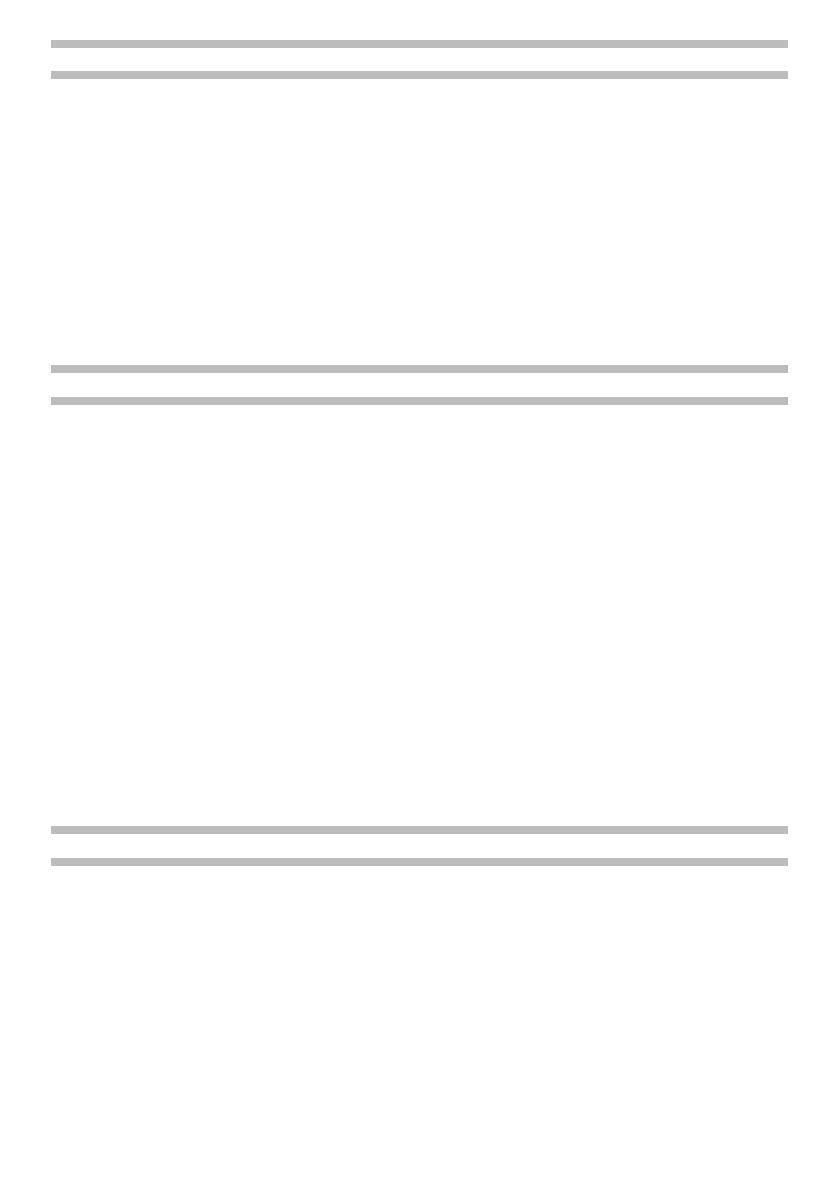
22
STANDARD OPERATION WITH COLD WATER AT HIGH PRESSURE
• Check if the knob for temperature adjustment (35) is in “0” position.
• Check the nozzle support head (27) is not set for the distribution of detergent. Also refer to “OPERATING
THE CLEANER WITH DETERGENT”.
• Turn the high pressure cleaner on again by turning the master switch (1) to “I”.
• Press the cleaner gun lever (22) and check the nozzle spray is even without dripping.
• The high pressure cleaner is set to operate at the maximum permissible pressure, if lower pressure values
are to be used, contact a Specialized Technician, who will reset the pressure control/adjustment valve
(
KP
only).
The pressure value can be modied by acting on the pressure regulator (48) of the cleaner gun(24), as in
Step H in Fig. 5 to increase the pressure, or as in Step L in Fig. 5 to decrease the pressure (
KPPRO
only).
• You can check the pressure level on the pressure gauge (13).
NOTE:
If the level of fuel in the tank is below the minimum mark, the warning light (38) will remain lit, even
if you are operating the cleaner with cold water.
STANDARD OPERATION WITH HOT WATER AT HIGH PRESSURE
• Check if the knob for temperature adjustment (35) is in “0” position.
• Check the nozzle support head (27) is not set for the distribution of detergent. Also refer to
“OPERATING
THE CLEANER WITH DETERGENT”.
• Unscrew the cap (7) and ll the tank with automotive gas oil, making sure the fuel does not spill over.We
recommend using a funnel reserved exclusively for this purpose (maximum tank capacity 15l/4,0USgal).
Replace the cap.
• Turn the high pressure cleaner on again by turning the master switch (1) to “I”.
• Select the temperature required using the temperature adjustment knob (35).
• Press the cleaner gun lever (22) and check the nozzle spray is even without dripping.
• The high pressure cleaner is set to operate at the maximum permissible pressure, if lower pressure values
are to be used, contact a Specialized Technician, who will reset the pressure control/adjustment valve
(
KP
only).
The pressure value can be modied by acting on the pressure regulator (48) of the cleaner gun(24), as in
Step H in Fig. 5 to increase the pressure, or as in Step L in Fig. 5 to decrease the pressure (
KPPRO
only).
• You can check the pressure level on the pressure gauge (13).
• When the fuel is low, the burner will stop working and the warning light (38) will light up.
• The burner will only start working approximately 3 seconds after the cleaner gun has been opened and
will stop working when the cleaner gun is closed or after it has reached the set temperature.
• If you want to switch from hot water operation to cold water operation, turn the knob for temperature
adjustment (35) to “0” position.
OPERATION WITH DETERGENT
The Manufacturer recommends the use of detergents which are at least 90% biodegradable.
Refer to the label on the detergent for instructions on how to use it.
• Turn the master switch (1) to “0”.
• Check if the pressure regulator (48) is set for maximum pressure. Step H in Fig. 5 (
KPPRO
only).
•
Suction from the high pressure water cleaner tank: take the cap o (11) and, being careful not to spill
any of the liquid (we suggest using a funnel and keeping it for this purpose), ll the tank (maximum capacity
is 3.5 l/0.9 US gal), following the dosage directions given on the detergent pack; put the cap back on.
• Suction from an external tank: remove the cap (43) and put the tting (44) of the external detergent
tank suctioning hose (45) in the coupling (42) (also see Fig. 3); put the hose (45) in the external tank
containing the detergent at the strength wanted.
• Turn the detergent regulating knob (29) clockwise.
• Operate the nozzle support head (27) as shown in Fig.7-a and start up the cleaner again by turning the
master switch (1) to “I”. Now operate the lever (22): When the water is fed through, suction and mixing












